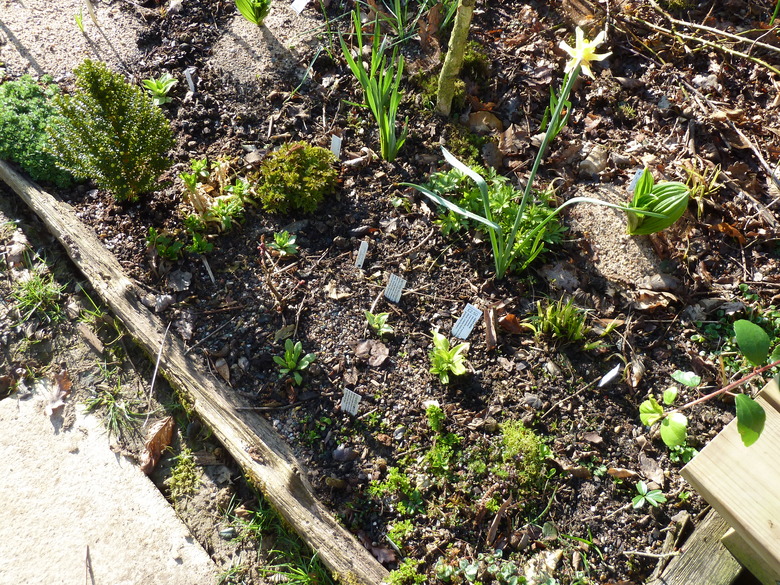How To Soften Clay Soil
When you and your shovel laboriously turn up heavy clods, you have clayish soil, which is prone to compaction and cannot easily pass nutrients and water to plants.
You can improve clay soil through soil amendments. Somewhat clayish soil is not always a negative, because it holds onto nutrients and water better than sandy soil. However, in too much clay, plant roots are unable to penetrate the soil.
Here's how to improve clayish, compacted soil: it's all about organic matter.
Clay Soil Structure and Texture
Soil has both texture and structure.
Soil Texture
Texture relates to the ratio of the three components of soil:
- Sand is the largest textural particle. You can see the individual grains with the naked eye.
- Clay is the tiniest particle. You would need an electron microscope to see an individual particle of clay.
- Silt is between sand and clay in size. You need only a low-power microscope to view individual silt particles.
Most topsoils contain all three components in various ratios. The term "loam" loosely refers to this mixture.
Soil Structure
Soil particles group themselves into clumps called aggregates, depending on their properties. While sand may exist in the soil as individual particles, clay and silt aggregate.
These aggregates can be grouped in ways that either improve aeration and the workability of the soil or impede it. For example, the shape of a clay soil particle is flat or plate-like, meaning that clay particles stack neatly on top of each other. This shape can result in a dense soil structure with poor drainage that prevents water and roots from penetrating.
Well-structured soils are said to have "good soil tilth." This generally means they are granular enough that roots and oxygen can easily penetrate them. Note, however, that soils that are somewhat clayish rather than on the sandy side hold water for longer, which is a good thing.
Clay Soil Amendments
The best way to soften clay soil is to add organic material. Compost is your friend and is the most desirable material for amending clayish garden soil.
Warning
Never add sand to clay soil because sand + clay = concrete.
Other options are shredded leaves, composted animal manure and wood mulches. Organic matter like these decomposes into humus, which changes the way the soil aggregates to improve drainage.
**Never add sand to clayish soils because a sand-clay mixture results in a concrete-like structure.** In addition, avoid using materials that break down slowly, such as peat moss, shredded bark, straw or sawdust.
Another option is green manure; a cover crop, such as annual ryegrass, is planted and then dug in when it's still green and just one-third to one-half fully grown.
Some gardeners add gypsum to clay soil, but while gypsum may be beneficial for alkaline soils, it doesn't improve soil structure and leaches out over time.
How to Add Soil Amendments
**Amend your soil with soil conditioners once a year at least,** usually in spring before new growth appears or in the fall after the growing season. Because organic matter breaks down over time, you need to replenish it regularly.
Spread organic matter from 1 to 4 inches thick on top of your garden beds, and then work it into the top 6 to 8 inches of soil.
References
- University of Illinois Urbana-Champaign: Does Sand Improve Clay Soil Drainage?
- The University of Maine Cooperative Extension: Soil and Plant Nutrition – A Gardener's Perspective
- University of Hawaii: Soil Texture and Soil Structure
- University of Missouri: Clay Soil: A Mixed Blessing, But Easily Corrected
- University of California Davis: Managing Clay Soils in the Home Garden

